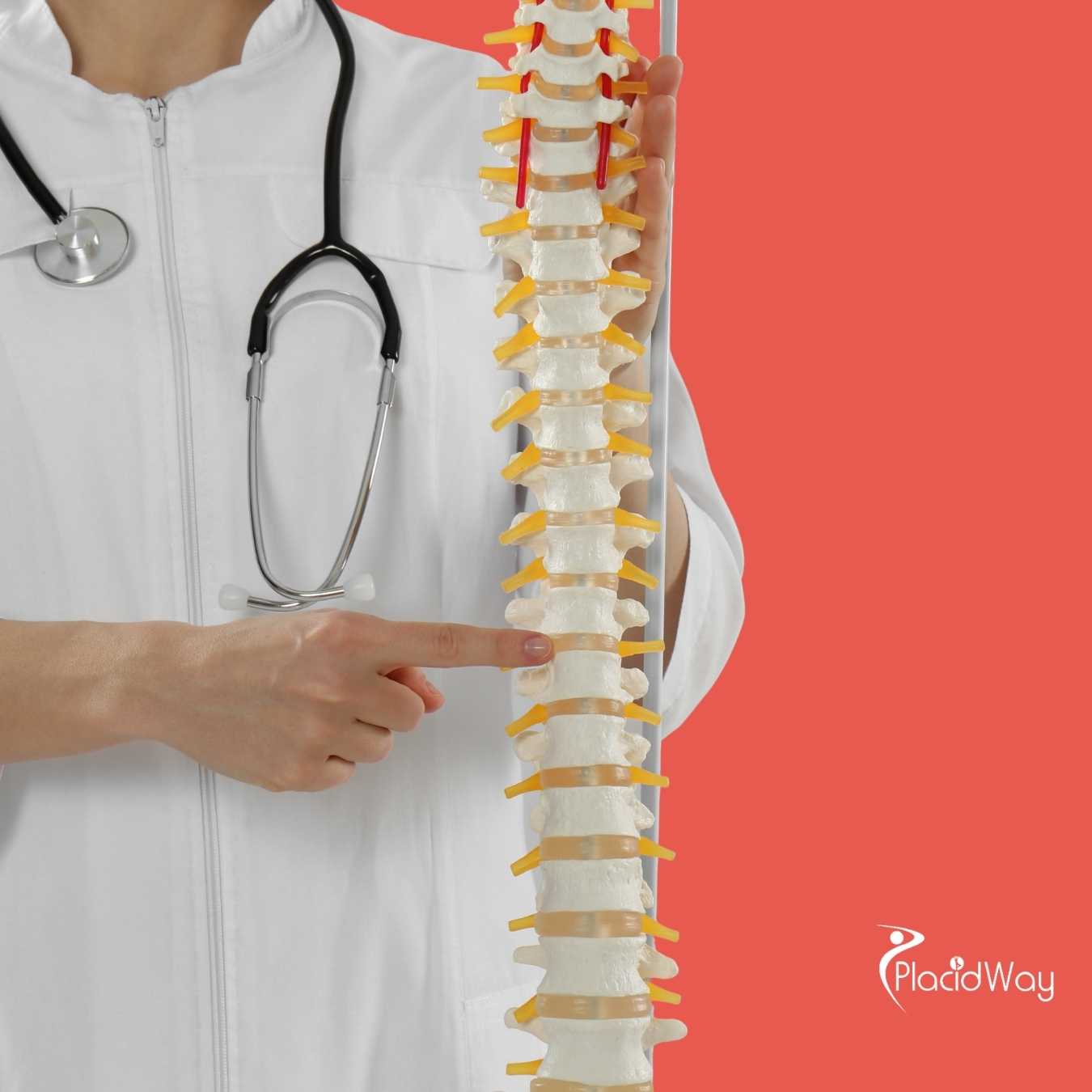The Real Cost of Stem Cell Infusions Explained
If you're exploring the exciting world of regenerative medicine, one of the first questions that likely comes to mind is, "How much does a stem cell infusion cost?" It's a valid and important inquiry, as these innovative treatments can represent a significant financial investment. The truth is, there isn't a single, fixed price tag for stem cell therapy; the costs are highly variable, influenced by numerous factors that we'll dive into throughout this guide.
Understanding the potential expenses involved in stem cell therapy is crucial for anyone considering this path. From the specific medical condition being addressed to the type of stem cells utilized, and even the geographic location of the treatment center, many elements play a role in determining the final price. Our goal here is to demystify these costs, providing you with clear, concise answers and detailed explanations to help you navigate the financial aspects of stem cell infusions with confidence.
How much does a stem cell infusion cost?
The price tag for a stem cell infusion is not a one-size-fits-all figure. For many common conditions, particularly those treated with autologous (your own) stem cells from fat or bone marrow, a single treatment session can often fall within the $5,000 to $10,000 range. However, for more complex or systemic issues requiring multiple infusions, specialized cell types, or extensive processing, costs can easily climb to $15,000, $20,000, or even $25,000+ per treatment.
This wide range reflects the diverse nature of stem cell therapies. Factors like the specific ailment (e.g., orthopedic injuries vs. autoimmune diseases), the source of the cells (e.g., adipose tissue, bone marrow, umbilical cord blood), the complexity of cell processing, the number of infusions required, and the geographical location of the clinic all contribute to the final price. Additionally, the reputation and experience of the medical team, as well as any included post-treatment care or follow-ups, can influence the overall stem cell infusion cost.
What factors influence the price of stem cell therapy?
Understanding what drives the variation in stem cell therapy pricing is essential for budget planning. Several critical factors contribute to the overall expense:
- Medical Condition Treated: The complexity and severity of the condition play a major role. Treating localized joint pain might be less expensive than addressing a systemic autoimmune disease or a complex neurological disorder, which often requires more sophisticated protocols and multiple treatments.
- Type and Source of Stem Cells:
- Autologous (from your own body): Procedures using cells derived from your own bone marrow or adipose (fat) tissue typically involve harvesting, processing, and re-infusion. These are generally on the lower end of the cost spectrum.
- Allogeneic (from a donor): Therapies using cells from umbilical cord blood, placenta, or amniotic fluid, which are processed in specialized labs, can be more expensive due to sourcing, extensive screening, and complex preparation.
- Number of Infusions: Many conditions require more than one treatment session to achieve optimal results. A multi-session protocol will naturally incur a higher total cost than a single infusion.
- Clinic Reputation and Expertise: Highly specialized clinics with extensive experience, advanced equipment, and a team of renowned experts often charge more for their services due to their proven track record and the quality of care they provide.
- Geographic Location: The country and even the specific city where you receive treatment can dramatically affect costs. Clinics in major metropolitan areas or countries with high healthcare costs (like the United States) tend to be more expensive than those in other regions, especially in countries known for medical tourism.
- Included Services: Some clinics offer comprehensive packages that include initial consultations, diagnostic tests, the procedure itself, post-treatment follow-ups, and even rehabilitation services. Others might quote a base price, with additional services billed separately.
Is stem cell treatment covered by insurance?
For the vast majority of regenerative stem cell therapies, especially those offered for orthopedic, autoimmune, or neurological conditions, insurance coverage is usually not available. The primary reason for this is that most of these treatments are not yet fully approved by regulatory bodies like the FDA for widespread clinical use. Insurance companies categorize them as experimental or investigational, making them ineligible for reimbursement.
There are, however, important exceptions. Hematopoietic stem cell transplants (often referred to as bone marrow transplants), which are used to treat certain cancers and blood disorders, are a well-established and FDA-approved medical procedure. In these specific, life-saving cases, insurance companies typically provide coverage, as they are recognized as standard medical care. For other regenerative applications, patients should always assume that the stem cell infusion cost will be an out-of-pocket expense and plan accordingly.
What is the average cost of stem cell therapy for knees?
Stem cell therapy for knees is one of the most common applications of regenerative medicine, particularly for individuals suffering from osteoarthritis, meniscus tears, or other degenerative joint conditions. The cost for treating a single knee generally ranges from $5,000 to $10,000. This price usually includes the harvesting of cells (either from adipose tissue or bone marrow), processing, and the injection into the affected knee joint.
The variation in this price range can depend on whether the clinic uses fat-derived mesenchymal stem cells (MSCs) or bone marrow aspirate concentrate (BMAC). Fat-derived cells often require a mini-liposuction procedure, while BMAC requires a bone marrow aspiration. Both procedures are performed on an outpatient basis. If both knees require treatment, the total stem cell cost for knees would, of course, be higher, potentially doubling the single-knee expense, though some clinics may offer a slight discount for bilateral treatment.
How much does stem cell therapy cost for neurological conditions?
Treating complex neurological conditions like multiple sclerosis (MS), Parkinson's disease, or stroke recovery with stem cells often involves more intricate protocols and specialized care, leading to higher costs. The price for these types of stem cell therapies can range from $15,000 to $50,000 or even beyond for a single treatment cycle, and often multiple cycles are recommended.
These higher prices reflect several factors: the potential need for more sophisticated cell types (such as neural stem cells or specifically cultured MSCs), more involved administration methods (e.g., intrathecal injections into the spinal fluid), longer treatment durations, and extensive pre- and post-treatment monitoring. Clinics specializing in neurological applications typically have highly specialized equipment and multidisciplinary teams, which contribute to the increased overall stem cell therapy cost for these challenging conditions.
Are there cheaper stem cell options available internationally?
For many individuals, the high cost of stem cell infusions in their home country, particularly the United States, makes seeking treatment abroad a compelling option. Countries like Mexico, Costa Rica, Panama, and various nations in Europe and Asia have emerged as popular destinations for medical tourism specializing in stem cell therapy. In these locations, treatment costs can be considerably lower, often between $7,000 and $15,000 for procedures that might cost double or triple in North America.
This difference in pricing is often attributed to several factors: lower operational costs for clinics, different regulatory environments, and a healthcare system that may not be as burdened by administrative overheads and insurance complexities. While the potential for savings is significant, it's crucial for patients considering international options to conduct thorough research into clinic credentials, doctor qualifications, and the specific stem cell protocols offered to ensure safety and efficacy.
What should I consider before traveling abroad for stem cell therapy?
Traveling abroad for stem cell therapy can offer cost savings and access to treatments not available locally, but it also requires careful consideration and planning. Here are key points to evaluate:
- Clinic Accreditation and Standards: Verify that the clinic is accredited by reputable international organizations and adheres to strict safety and quality standards. Look for transparency regarding their cell processing, storage, and administration protocols.
- Physician Qualifications: Ensure the doctors performing the procedures are highly qualified, board-certified, and have extensive experience specifically in stem cell applications for your condition.
- Treatment Protocols: Understand the exact type of stem cells being used, their source, and the method of administration. Be wary of clinics offering "miracle cures" or treatments that seem too good to be true.
- Regulatory Environment: Research the local laws and regulations regarding stem cell therapies in the destination country. Some countries have looser regulations, which can be a double-edged sword: offering access to innovative treatments but potentially with less oversight.
- Post-Treatment Care and Follow-up: Inquire about what kind of post-treatment support is provided. Will you need to stay in the country for follow-up appointments? How will your progress be monitored once you return home?
- Total Travel Costs: Beyond the stem cell infusion cost, factor in flights, accommodation, local transportation, food, and potential interpreter services. These can add significantly to the overall expense.
- Communication: Ensure there are no language barriers that could hinder effective communication with the medical team.
What are the potential hidden costs of stem cell therapy?
When budgeting for stem cell therapy, it's easy to focus solely on the quoted price of the procedure itself. However, several other expenses can add to the total stem cell treatment cost, often unexpectedly:
- Pre-treatment Diagnostics: Before treatment, you'll likely need various diagnostic tests such as MRI scans, X-rays, blood work, or specialized consultations to confirm your eligibility and tailor the treatment plan. These can be billed separately.
- Medications and Supplements: Post-procedure, you might be prescribed pain relievers, anti-inflammatory drugs, or specific supplements to support the healing process.
- Rehabilitation and Physical Therapy: For orthopedic or neurological conditions, physical therapy or rehabilitation sessions are often recommended or even crucial for optimizing outcomes after stem cell treatment.
- Follow-up Appointments: Clinics often schedule follow-up visits to monitor your progress. These may or may not be included in the initial package price.
- Travel and Accommodation: If your chosen clinic is not local, you'll need to account for airfare, hotel stays, and transportation, especially if multiple visits are required.
- Time Off Work: Don't forget the financial impact of taking time off from your job for the procedure and recovery period.
Always ask for a detailed breakdown of all potential costs before committing to ensure you have a complete financial picture.
How does the type of stem cell affect the cost?
The source and type of stem cells used in a procedure directly influence the overall stem cell infusion cost. Generally, autologous therapies—where cells are harvested from your own body—tend to be more affordable than allogeneic therapies using donor cells.
Here’s a breakdown:
- Adipose-Derived Stem Cells (ADSCs): These cells are harvested from your own fat tissue via a mini-liposuction procedure. The process is relatively straightforward and can often be done in an outpatient setting, making it one of the more cost-effective options, typically in the $5,000 to $8,000 range for a single treatment.
- Bone Marrow-Derived Stem Cells (BMAC): These are extracted from your own bone marrow, usually from the hip. Similar to ADSCs, this is an autologous procedure and costs are comparable, often falling between $6,000 and $10,000.
- Umbilical Cord Blood/Tissue and Placenta-Derived Stem Cells: These are allogeneic (donor) cells. They involve more complex sourcing, screening, and laboratory processing from banked materials. Because of these factors and the often higher cell counts or specific cell types, treatments using these cells tend to be on the higher end, frequently ranging from $8,000 to $20,000 or more per treatment, depending on the dosage and clinic.
Are there financing options for stem cell therapy?
Given that most stem cell treatments are not covered by insurance, many patients look for ways to finance the procedure. Fortunately, some clinics recognize this challenge and work with patients to make therapy more accessible. Many offer flexible payment plans, allowing patients to spread the stem cell infusion cost over several months.
Additionally, some clinics partner with specialized third-party medical loan companies that provide financing specifically for healthcare procedures. These loans can help cover the upfront costs, though it's important to carefully review the interest rates and terms. Patients might also consider using personal loans from banks or credit unions, or medical credit cards, which sometimes offer promotional interest-free periods. Always inquire directly with the clinic about their available financing solutions.
Ready to explore your options for advanced medical treatments, including stem cell therapy? Visit PlacidWay to discover leading clinics and medical tourism solutions worldwide that can help you find quality care at a transparent price.

.png)

.png)









Share this listing